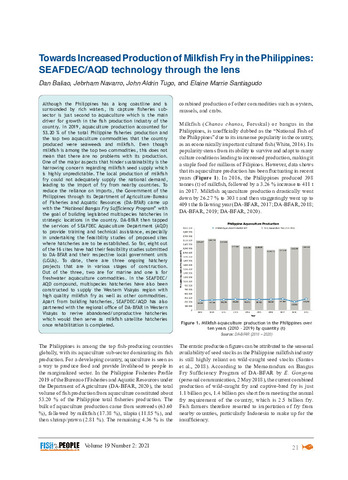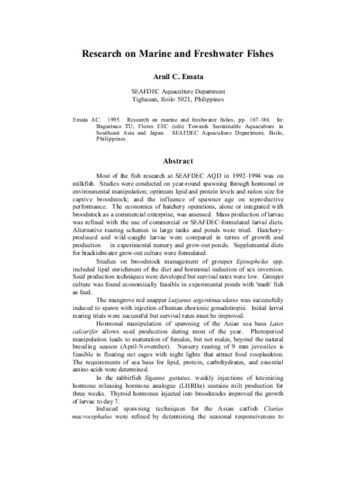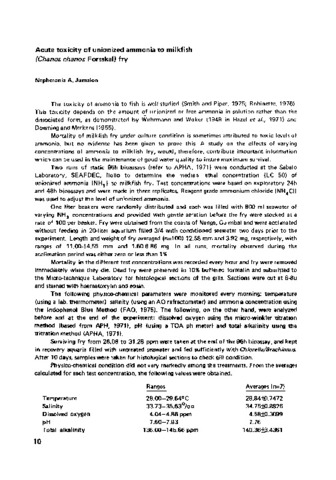Towards increased production of milkfish fry in the Philippines: SEAFDEC/AQD technology through the lens
- Global styles
- MLA
- Vancouver
- Elsevier - Harvard
- APA
- Help

View/Open
Date
2021Page views
1,225ASFA keyword
AGROVOC keyword
Taxonomic term
Metadata
Show full item recordShare
Abstract
Although the Philippines has a long coastline and is surrounded by rich waters, its capture fisheries subsector is just second to aquaculture which is the main driver for growth in the fish production industry of the country. In 2019, aquaculture production accounted for 53.20 % of the total Philippine fisheries production and the top two aquaculture commodities that the country produced were seaweeds and milkfish. Even though milkfish is among the top two commodities, this does not mean that there are no problems with its production. One of the major aspects that hinder sustainability is the harrowing concern regarding milkfish seed supply which is highly unpredictable. The local production of milkfish fry could not adequately supply the national demand, leading to the import of fry from nearby countries. To reduce the reliance on imports, the Government of the Philippines through its Department of Agriculture-Bureau of Fisheries and Aquatic Resources (DA-BFAR) came up with the “National Bangus Fry Sufficiency Program” with the goal of building legislated multispecies hatcheries in strategic locations in the country. DA-BFAR then tapped the services of SEAFDEC Aquaculture Department (AQD) to provide training and technical assistance, especially in undertaking the feasibility studies of proposed sites where hatcheries are to be established. So far, eight out of the 16 sites have had their feasibility studies submitted to DA-BFAR and their respective local government units (LGUs). To date, there are three ongoing hatchery projects that are in various stages of construction. Out of the three, two are for marine and one is for freshwater aquaculture commodities. In the SEAFDEC/AQD compound, multispecies hatcheries have also been constructed to supply the Western Visayas region with high quality milkfish fry as well as other commodities. Apart from building hatcheries, SEAFDEC/AQD has also partnered with the regional office of DA-BFAR in Western Visayas to revive abandoned/unproductive hatcheries which would then serve as milkfish satellite hatcheries once rehabilitation is completed.
Suggested Citation
Baliao, D., Navarro, J., Tugo, J. A., & Santiagudo, E. M. (2021). Towards increased production of milkfish fry in the Philippines: SEAFDEC/AQD technology through the lens. Fish for the People , 19(2), 21-25. http://hdl.handle.net/20.500.12066/6691
Type
magazineArticleCollections
- Fish for the People [41]
Related items
Showing items related by title, author, creator and subject.
-
Research on marine and freshwater fishes
Emata, Arnil C. (Aquaculture Department, Southeast Asian Fisheries Development Center, 1995)Most of the fish research at SEAFDEC AQD in 1992-1994 was on milkfish. Studies were conducted on year-round spawning through hormonal or environmental manipulation; optimum lipid and protein levels and ration size for ... -
Experiments on the induced spawning and larval rearing of the milkfish, Chanos chanos (Forsskal) in 1979
Juario, J. V.; Natividad, M.; Quinitio, G.; Banno, J. (Aquaculture Department, Southeast Asian Fisheries Development Center, 1979)This paper summarizes the results of the experiments on the induced breeding and larval rearing of milkfish during the 1979 season. -
Acute toxicity of unionized ammonia to milkfish (Chanos chanos Forsskal) fry
Jumalon, Nepheronia A. (Aquaculture Department, Southeast Asian Fisheries Development Center, 1979)






